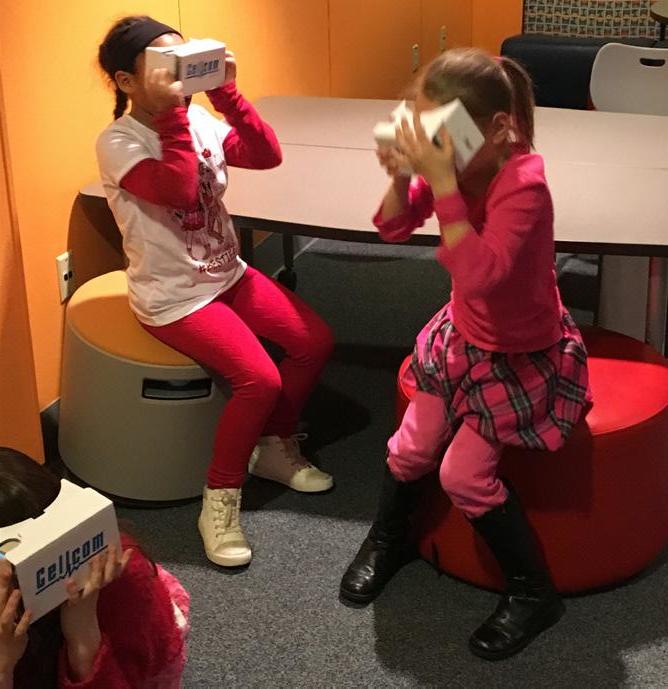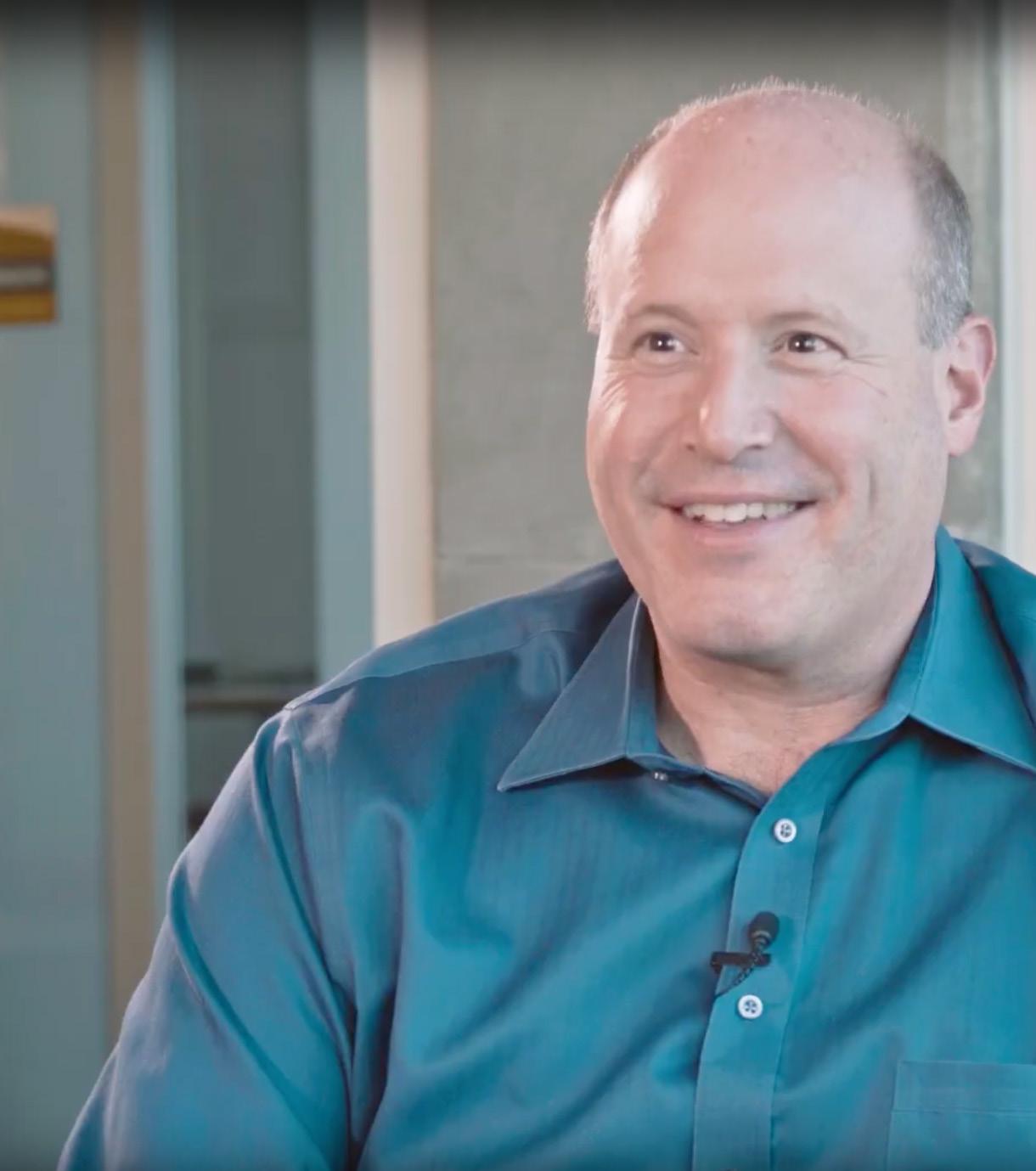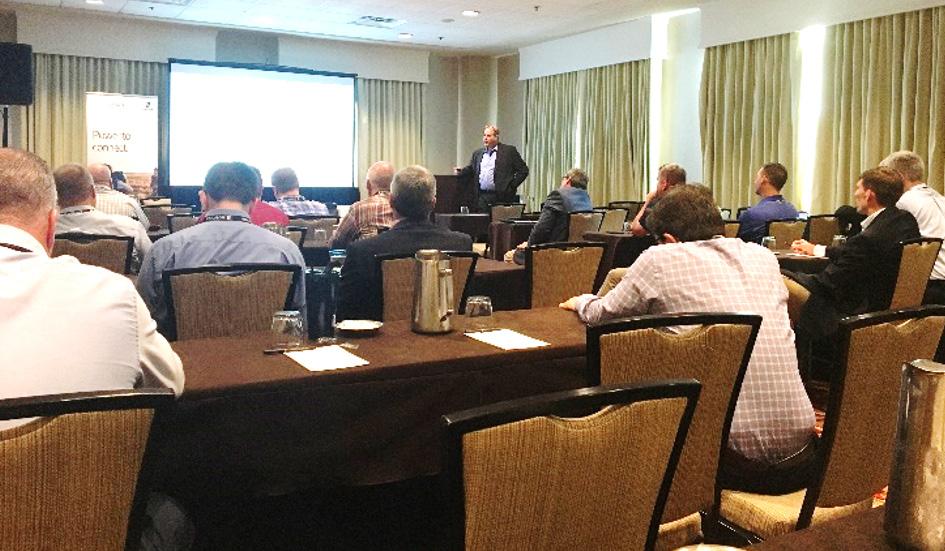
5 minute read
Ask the expert
For our inaugural “Ask the expert,”
Anand Akundi,
Vice President and Head of ICT and Managed Services, and Bill Chotiner, Chief Technology Officer for the Regional Carriers Customer Unit, address edge compute, network slicing and O-RAN.
Do you have a technical question? Is there something you’ve always wanted to learn more about? Ask our experts. In each issue of “Regional Connect Magazine,” Ericsson experts will answer some of the questions most frequently asked by regional carriers.
Q:What is edge compute?
Akundi: Essentially, edge compute puts computing power as close to the customer as possible. Many use cases (i.e., gaming, AR, VR) require you to have low latency and massive computing power as close to the customer as possible. Edge compute enables operators to meet these use case requirements.
A lot of our customers want to know how to put computing resources close to the customer. Now, the edge could be at the far edge placing computing power at a cell site, or it could potentially be a central office location. How you move computing power out of the central data center, as close to the edge as possible, is essentially what edge compute means.
Q: What is network slicing and how does network slicing apply to what I’m doing in my business?
Akundi: Network slicing allows you to break your network up or partition it in such a way that you dedicate specific resources, whether it’s compute or transport capabilities, to a certain slice of your network. This enables you to have a different quality of service for different customer and application sets. This also lets you allocate specific compute and transport resources for specific users and network functionality.
If your main use case is mobile broadband, you can create a slice that focuses on capacity and not so much on latency requirements. If your use case is latency sensitive (e.g., mission critical, gaming), you could create a slice that provides the best latency experience possible. What that means from a monetization perspective is that instead of having one pipe that serves all your customer sets and use cases, you can now offer customized slices for specific users and use cases and charge appropriately for the specific slices.
Network operators, and possibly end customers, can pick the appropriate slice for the specific use case. This slice spans the RAN and core; it’s an end-to-end slice. So each network segment provides the quality of service required for the slices they are carrying.
Q: What is O-RAN (or ORAN) and should you care about it?
Chotiner: The mainstream radio networks used to provide wireless mobile services today are primarily defined in the 3GPP standards organization, which specifies information about the network and equipment functionality, performance, interfaces and protocols between the network logical functions. The most critical interface is the radio interface between the base station and the user equipment, as it allows the capability to have mobile device vendors who differ from the network infrastructure vendor.
Open RAN (O-RAN) takes a deeper look at some of the logical functions that are grouped together in the radio network such as the baseband unit. Some of the questions being addressed include: • Does it make sense to separate the logical RAN functions? • If these functions are separated, do they scale differently? • Is it possible to mix and match vendors for various functions to deploy best-inclass for first-in-class functionality? • Can programmability be brought into the RAN (similar to SDN)?
You may have heard about virtualized RAN, where we move the upper layers of the baseband stack to COTS hardware. This upper layer split (or CU-DU split) provides independent scalability of the upper layer control and user plane functions in a virtualized environment.
We are currently investigating the capability of virtualizing lower layers of the RAN baseband stack. Open interfaces may eventually allow the mixing of logical network functions from different network vendors – although it will come at the expense of integration complexity and lifecycle matching between those vendors. In the foreseeable future, specialized hardware known as “hardware accelerators” will be required to costefficiently address current processing requirements.
The lower layer split, which is the capability to support one vendor’s radios with another vendor’s baseband in a standardized manner, is also being investigated. The vision of mixing and matching RAN functions is a powerful enticement, but it comes with significant integration complexity and ongoing lifecycle efforts. In addition, future innovation is gated by the standards definition of the new capabilities prior to their development.
Programmability of the RAN in a standardized manner is being further developed in O-RAN. A platform and framework are being defined where third parties develop apps for the RAN in a similar fashion as smartphone apps are developed by third parties. As part of a proof of concept, we had an offshore software development company with limited telecom knowledge develop telecom functions that could have been developed through the normal feature development process. In a very short time, they delivered applications to enhance RAN functionality without allocating product development resources.
O-RAN promises lots of benefits, but implementation will take time and there will be tradeoffs. Someone will have to be responsible for the integration effort and associated costs when products and solutions are delivered by multiple vendors. Along with the initial costs of putting the pieces together, there are ongoing costs to ensure products work across releases as new functionality and code changes are introduced.
While O-RAN could add complexity to your network, it will allow your network to grow in ways you haven’t thought about. We firmly believe that over time O-RAN (or the objectives of O-RAN) will impact the RAN in ways we have not yet envisioned.
Anand Akundi,
Vice President and Head of ICT and Managed Services, Ericsson
Bill Chotiner,
Vice President and Chief Technology Officer for the Regional Carriers Customer Unit, Ericsson
Want to ask our experts to shed light on a certain topic?
Submit your questions by contacting your Ericsson account representative.










